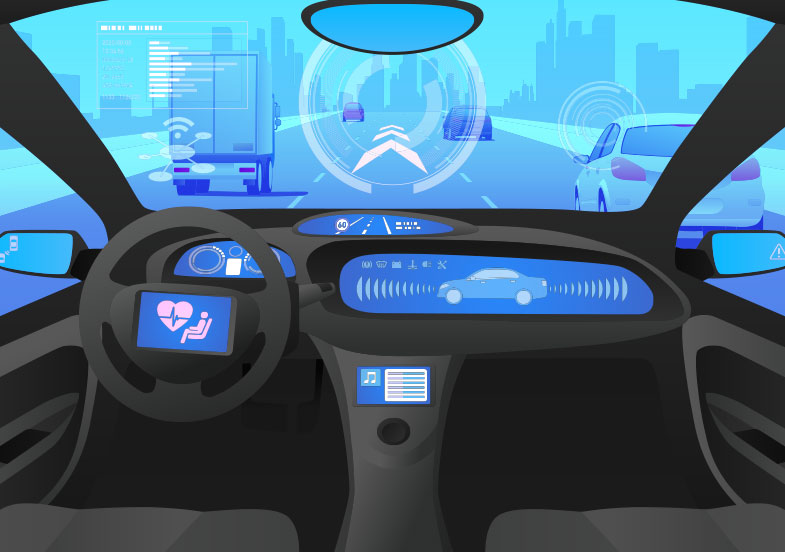The Problem
There is a gap in understanding how drivers mitigate risk imposed by various driving scenarios, particularly with regard to scenarios in which more advanced ADAS/ADS technologies are available.
The Question
For this project, our goal is to identify the driving context in which risk mitigation behaviors do occur. We then aim to develop analytical models that can capture and identify changes in driver performance (e.g., speed, deceleration, and lateral variation) and driver behavior (e.g., eyes-off-road time) that are indicative of risk mitigation behavior. The models can then be generalized for multiple contexts and be adaptable to account for future transportation needs.
In other words, our goal is to be able to reliably predict how drivers might mitigate risk (or not) across numerous driving scenarios, and then suggest countermeasures, when necessary, to enhance safety.


The Result
We have leveraged data/video previously collected as the Safety Pilot Model Deployment naturalistic driving study (executed by UMTRI). From this on-road naturalistic driving dataset, we have identified a small set of driving scenarios (complex intersections, crosswalks, etc.) in which risk mitigation strategies have been studied. We are currently in the process of generating both scenario-specific and universal model of driver behavior as these scenarios are traversed. These models will be validated in the near future and technology development efforts will be driven by opportunities identified and predicted by the application of the models.
This is a project in partnership with University of Washington
